26
Apr
New video: Using BackupAssist’s centralised administration
One of the new features to be added in BackupAssist version 7 was the ability to control multiple BackupAssist installations from a central location on your network. This latest video from...


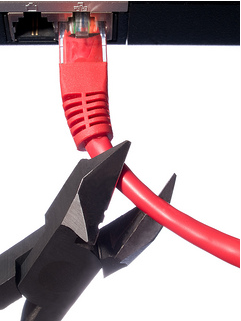 In the last few weeks we have started seeing an increase in support requests relating to email delivery problems that are outside of the control of the MDaemon server. Specifically this happens when companies are relying on an ISP mail platform to provide POP3 mailboxes and
In the last few weeks we have started seeing an increase in support requests relating to email delivery problems that are outside of the control of the MDaemon server. Specifically this happens when companies are relying on an ISP mail platform to provide POP3 mailboxes and 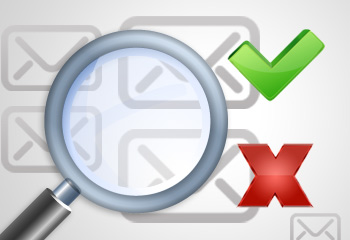 One of the particularly nice features in MDaemon is the ability to customise the flow of email through the use of its built in content filters.
In the past we've mainly focused on using the content filter in different ways to automate tasks, change message content and redirect mail to other locations.
In this article I'll give you an overview of how you can make use of the content filter and MDaemon's custom queues to intercept some or all outbound email, have a user check and authorise it manually, and then let it continue along its intended delivery path.
One of the particularly nice features in MDaemon is the ability to customise the flow of email through the use of its built in content filters.
In the past we've mainly focused on using the content filter in different ways to automate tasks, change message content and redirect mail to other locations.
In this article I'll give you an overview of how you can make use of the content filter and MDaemon's custom queues to intercept some or all outbound email, have a user check and authorise it manually, and then let it continue along its intended delivery path.
 I've been working on a support query recently where a specific MDaemon user's email was vanishing, and seemingly for no reason.
To help diagnose this issue I recommended they use the popular 'Process Monitor' tool to watch for any files being deleted in a specific folder and report which process is deleting them.
I've been working on a support query recently where a specific MDaemon user's email was vanishing, and seemingly for no reason.
To help diagnose this issue I recommended they use the popular 'Process Monitor' tool to watch for any files being deleted in a specific folder and report which process is deleting them.
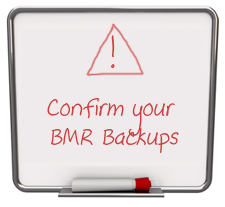 In this new stand-alone BackupAssist "how-to" video released by developer Cortex, we see how you can check if the Image backup you have taken has everything needed to perform a full Bare Metal recovery.As with all backups it is imperative that you verify the backups to be sure they contain what you expect so we'd highly recommend you take a look at this video when you get a moment...
In this new stand-alone BackupAssist "how-to" video released by developer Cortex, we see how you can check if the Image backup you have taken has everything needed to perform a full Bare Metal recovery.As with all backups it is imperative that you verify the backups to be sure they contain what you expect so we'd highly recommend you take a look at this video when you get a moment...
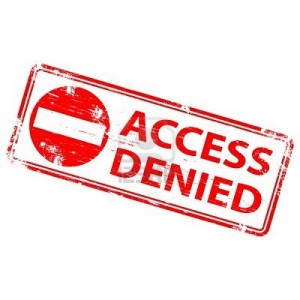 Over the last few months we have had an increasing number of support calls that relate to failing SMTP connections over Internet connections.
This can happen on a range of network connections, whether it's mobile devices on 3G or home users trying to access their MDaemon mail server. Even businesses can find that they can no longer create outbound SMTP sessions on port 25 on their office broadband connections.
Over the last few months we have had an increasing number of support calls that relate to failing SMTP connections over Internet connections.
This can happen on a range of network connections, whether it's mobile devices on 3G or home users trying to access their MDaemon mail server. Even businesses can find that they can no longer create outbound SMTP sessions on port 25 on their office broadband connections. 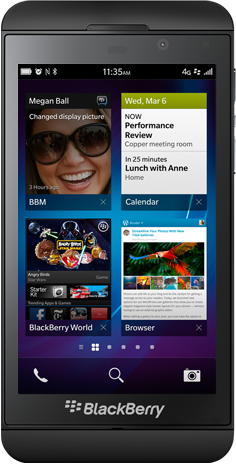 With the release of
With the release of  If you've used Achab's Archive Server (ASM) software in the past and upgraded to MailStore, it's highly likely you'll be wanting to bring across that historic archived data to the new platform. There are two ways you can go about importing an external ASM archive to MailStore - either directly as files, or, via your
If you've used Achab's Archive Server (ASM) software in the past and upgraded to MailStore, it's highly likely you'll be wanting to bring across that historic archived data to the new platform. There are two ways you can go about importing an external ASM archive to MailStore - either directly as files, or, via your